Dust Extractors | All Things Power Tool Extraction
If you work with power tools, finding the right dust extractor to suit your needs will help to safeguard your lung health. It will also deliver the most efficient extraction for whatever tasks you undertake. Read our helpful article and learn more about the different extraction classes to help you find the perfect dust extractor for you.
If you work in dusty environments or handle materials that generate large quantities of dust, it is important that you protect your lung health. Depending on the size of the particles, as well as the quantity and time the material remain inside your lungs, will influence how harmful the dust is to your health.
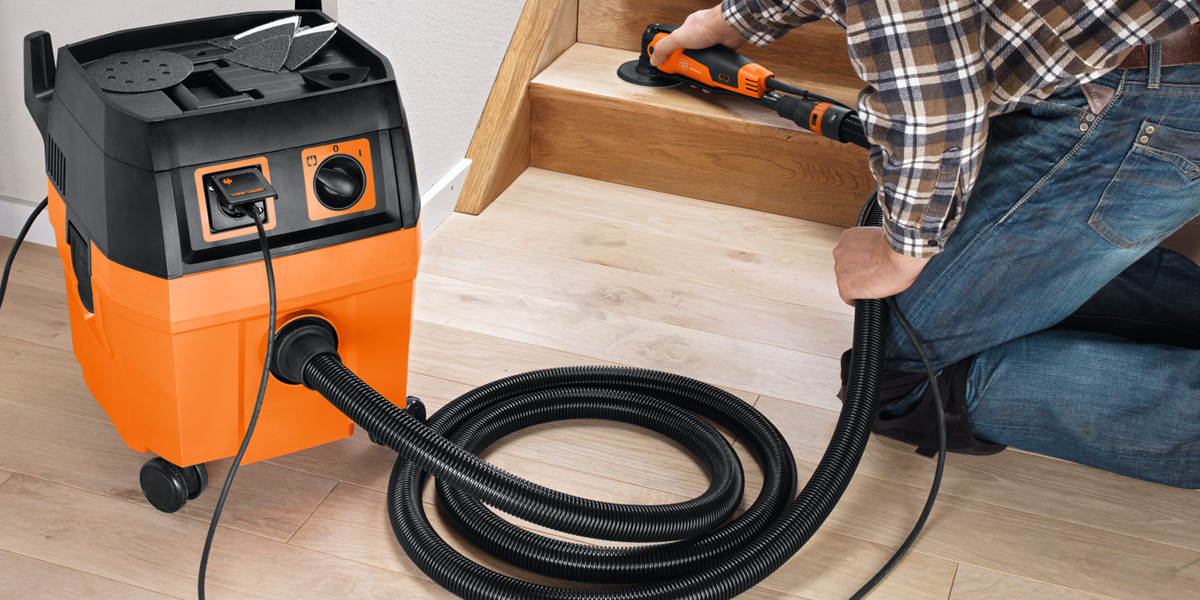
Overview of Dust Extractor Classes
There are three main classes of dust extraction on the UK market currently; L, M and H Class. These indicate the extractor's suitability for any given dust and the specified maximum allowable concentrations (MAC). They also clearly define the corresponding filter system's required degree of filtration. In every case, it is important to choose the dust class of your mobile dust extractor according to the material you work with. In terms of the various dust extractor classes available, the differences are as follows:
L Class
The occupational exposure limit for L Class dust is >1 mg/m3, which means you need a dust extractor that catches 99% of the dust.
L Class (low risk) dust extractors are designed for processes involving mica, china clay, gypsum as well as simple household dust and materials such as soil and lime. The L-class dust extractor is designed for general work. If you are routing/sanding MDF, manmade boards or all solid woods (oak, beech etc), you should use an M-class extractor.
M Class
The occupational exposure limit for M Class dust is >0.1 mg/m3, which means you need a dust extractor that catches 99.9% of the dust.
M Class (medium risk) dust extractors are suitable for processes involving mica, china clay, gypsum, wood dust (softwood and hardwood) and silica dust. Other materials include dust from repair compound, filler and clear coats, dust from cement, concrete and tile cement, quartziferous materials such as sand and pebbles. These extractors are also suitable for oil paints and latex.
A true M Class dust extractor includes an audible alarm to advise you when the suction rate has dropped. This could be caused by a full dust bag or a blocked hose. You'll discover that when working on site, the health and safety manager will insist on using M Class dust extraction. Furthermore, M Class is also the minimal legal requirement, set by the HSE. With this in mind, these factors alone may dictate whether you step up from L Class to M Class, when making your next purchase.
H Class
The occupational exposure limit for H Class dust is ≤ 0.1 mg/m3, which means you need a dust extractor that catches 99.995% of the dust.
H Class (high risk) dust extractors are ideal for dust containing carcinogenic or pathogenic particles as well as mould spores, asbestos, mineral fibres, bitumen and artificial mineral fibres such as glass wool. They are also suitable for formaldehyde, mould, germs, lead, carbon, tar, nickel, cobalt, copper and cadmium.
If you work in environments where carcinogenic or pathogenic materials exist, you'll definitely need to opt for an H class dust extractor. They include all the features of M class dust extractors, but also offer greater filtration and suction.
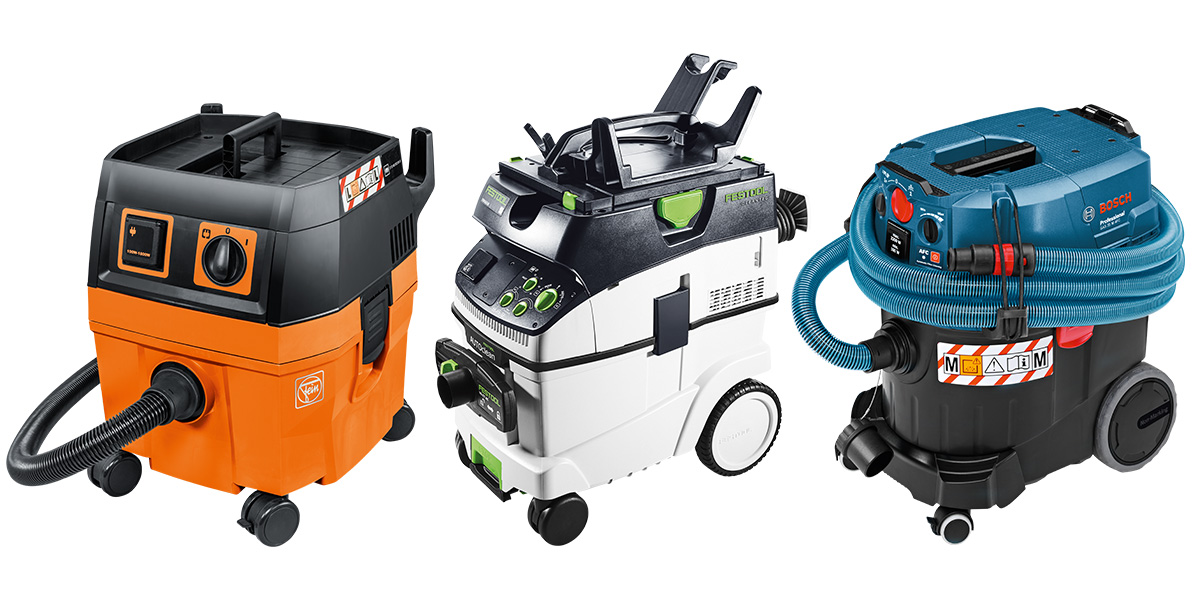
Dust Extractors from Leading Brands
Festool
Compact yet effective. Lightweight yet powerful. Whether on the construction site or in the workshop, Festool mobile dust extractors are prepared for every challenge. See the ever-growing range here.
Bosch
Clean, efficient work requires a clean jobsite. The Bosch Professional wet and dry dust extractors are ideal for every workplace. Easy to handle, convenient to operate and powerful to use, why not explore the Bosch range today?
FEIN
FEIN offer a handful of compact, powerful wet and dry dust extractors. Take a look and see what's available.
Discover more…
If you’ve enjoyed reading this article, we have plenty more for you to take a look at. Why not learn more about the Festool CT Pre-Separator with cyclone technology? Compatible with Festool CT mobile dust extractors, it allows you to work efficiently with constant suction power. This handy piece of kit collect up to 95% of the coarse and fine dust before it reaches the mobile dust extractor. Next, perfect for when you’re on the go, the Festool CTM MIDI M class dust extractor impresses in all areas. Read our informative Insights guide to find out more.
Furthermore, whether you’re an employer or employee, you will have undoubtedly heard of LEV (Local Exhaust Ventilation) and its implications. In the workplace you have to comply to COSHH (Control of Substances Hazardous to Health) regulations, but if you’re a home user, you may not have heard of it. Learn more by reading our useful guide on LEV.
Get in touch!
Whatever the application, tell us which dust extractor you use. Comment below or send us a photograph; we'd love to hear from you. Alternatively, get in touch via our social media platforms. Find us on Facebook or connect with us on Instagram using #dustextractors to @AxminsterTools.



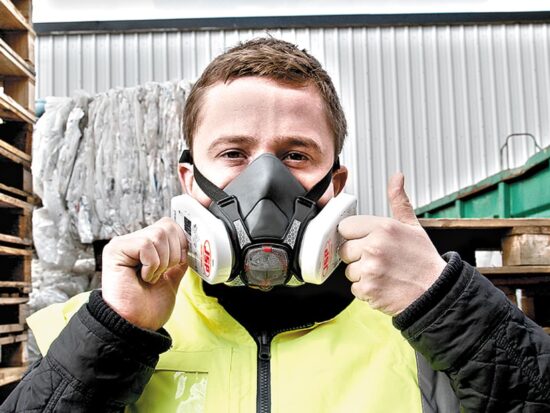
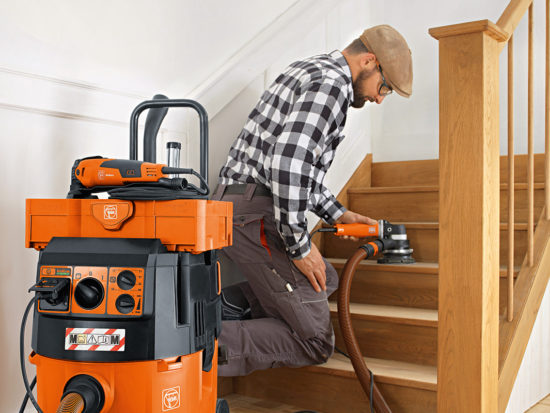
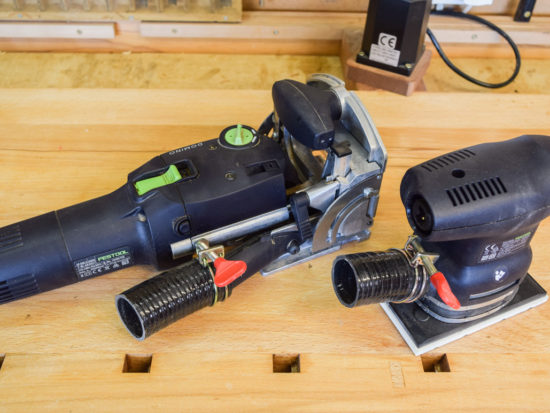
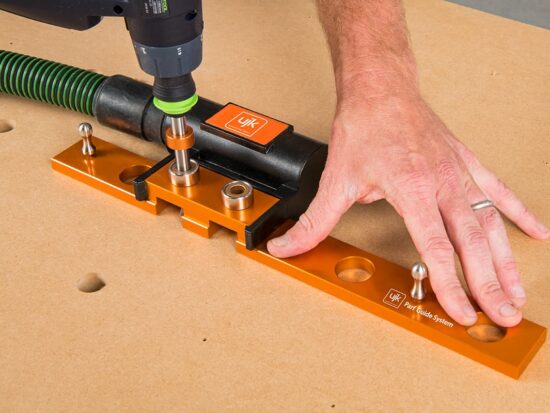
What I found difficult in my search for a shopvac is how to compare brands and their models on how much noise they produce.
It would be nice to facilitate this while comparing models.